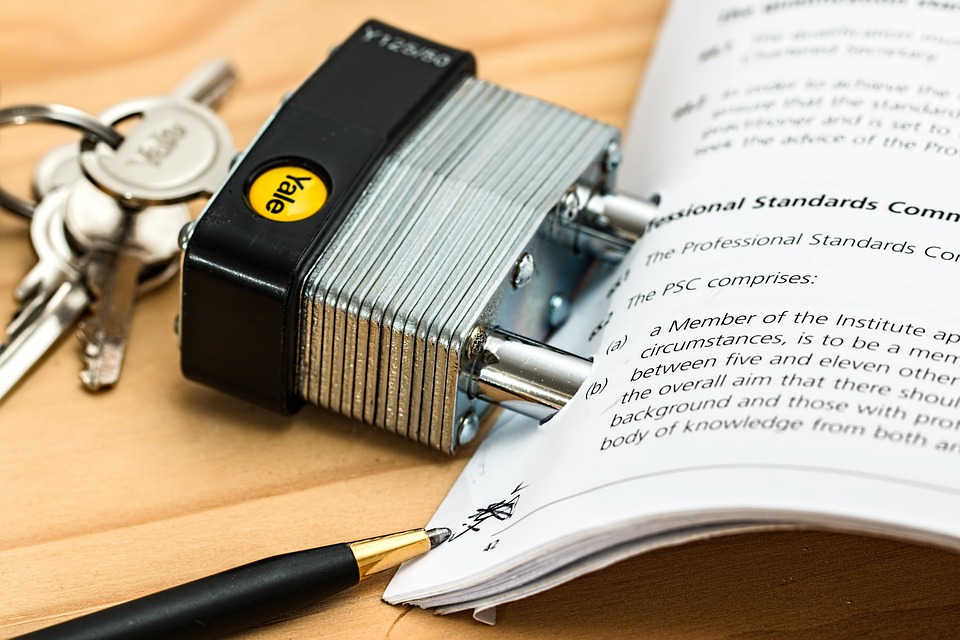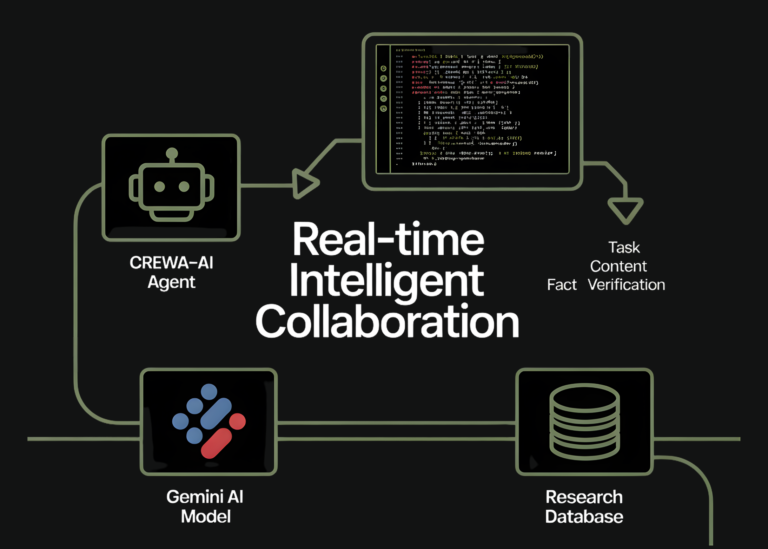AI Tools for Generating Legal Documents: Transforming Efficiency and Accessibility in the Legal Industry
Introduction
The legal industry, long characterized by its reliance on meticulous documentation and time-consuming processes, is undergoing a quiet revolution. Artificial Intelligence (AI) tools for generating legal documents are emerging as game-changers, offering unprecedented efficiency, cost savings, and accessibility. From automating contract drafting to streamlining compliance checks, these technologies are reshaping how legal professionals work—and even how non-experts navigate legal complexities. While the promise of AI in law is immense, it also raises critical questions about reliability, ethics, and the role of human expertise. This article explores the functionality, benefits, challenges, and future of AI-powered legal document generation.
What Are AI Document Generation Tools?
AI legal document generation tools leverage technologies like natural language processing (NLP) and machine learning (ML) to create, analyze, and manage legal content. These platforms use vast datasets of legal texts, case law, and regulatory frameworks to understand language patterns and structure. By inputting specific parameters (e.g., jurisdiction, industry, or contractual terms), users can generate customized legal documents, such as non-disclosure agreements (NDAs), employment contracts, or intellectual property licenses.
Popular tools include:
- LawGeex: Focuses on contract analysis and legal research.
- Kira Systems: Automates contract review and due diligence.
- DoNotPay: A chatbot that helps users draft legal documents for minor disputes.
- ContractWorks: Streamlines contract creation with templates and AI-driven insights.
- CLOCs (Contract Lifecycle Orchestration platforms): Integrate AI for end-to-end contract management.
These tools often combine pre-built templates with AI algorithms to adapt to user inputs, reducing the need for manual drafting.
Benefits for Legal Professionals
-
Time Efficiency:
Legal professionals spend significant hours drafting repetitive documents. AI tools can reduce this workload by automating template-based tasks, allowing lawyers to focus on higher-level strategy and client interaction. For instance, a simple NDA that might take an attorney an hour to draft can be generated in minutes. -
Cost Reduction:
By cutting down on labor hours, AI lowers operational costs for law firms and corporations. Small businesses and individuals also benefit, as they can access affordable legal solutions without hiring expensive attorneys. -
Consistency and Accuracy:
AI minimizes human errors by standardizing document structures and ensuring compliance with specific legal requirements. Platforms like Juro and Clause use AI to flag inconsistencies or missing clauses in contracts. -
Scalability:
These tools handle large volumes of documents with ease, making them ideal for corporate legal departments managing thousands of agreements. - Accessibility:
Non-lawyers can use user-friendly interfaces to generate basic legal documents, bridging the gap for those who cannot afford traditional legal services.
Applications Across Legal Practice Areas
- Corporate Law: Automating shareholder agreements, merger contracts, and compliance reports.
- Real Estate: Generating lease agreements, purchase contracts, and property transfer documents.
- Intellectual Property: Drafting patents, trademarks, and licensing agreements.
- Employment Law: Creating employee contracts, policies, and termination notices.
- Dispute Resolution: Tools like DoNotPay assist in drafting small claims or housing dispute letters.
For example, DocuSign integrates AI to suggest clauses and ensure agreement validity, while LegalSifter helps lawyers analyze case law and legal precedents quickly.
Challenges and Limitations
-
Reliability Concerns:
AI outputs depend on the quality of training data. A tool trained on outdated or region-specific laws might produce errors. For instance, a contract generated for a U.S. jurisdiction may not account for EU data protection regulations. -
Ethical and Accountability Issues:
Errors in AI-generated documents could lead to legal liabilities. Questions remain about who is responsible for flawed outputs—developers, users, or the AI itself? -
Need for Human Oversight:
Complex negotiations, ambiguous scenarios, or culturally nuanced legal contexts still require human judgment. AI may miss subtle implications or ethical considerations. -
Data Privacy Risks:
Sensitive legal documents stored or processed by AI platforms could be vulnerable to breaches, emphasizing the need for robust cybersecurity measures. - Adaptability to Local Laws:
Many tools lack customization for jurisdiction-specific regulations, necessitating manual adjustments.
Case Studies and Real-World Impact
- Law Firm Adoption: A mid-sized firm might use Kira Systems to review client contracts in hours instead of days, improving efficiency during due diligence.
- Corporate Use: Tech giants like IBM employ AI tools to manage legal workflows, reducing time spent on contract management by up to 50%.
- Consumer Access: Platforms like Rocket Lawyer allow individuals to create legal documents for low fees, democratizing access to legal services.
Such examples highlight how AI bridges the gap between legal expertise and affordability.
The Future of AI in Legal Document Generation
-
Integration with Emerging Technologies:
AI may soon pair with blockchain for "smart contracts" that execute automatically upon conditions being met. -
Enhanced NLP and Customization:
Future tools could better understand context, adapting to unique client needs or evolving legal standards. -
Ethical AI Development:
Initiatives to address bias in training data and ensure transparency will be critical. For example, tools could include audit trails for document generation. -
Regulatory Evolution:
As AI becomes more prevalent, governments may introduce guidelines to ensure its responsible use in legal contexts. - Hybrid Work Models:
Lawyers may increasingly act as "AI supervisors," validating outputs rather than drafting manually.
Conclusion
AI tools for generating legal documents are redefine the landscape of legal work, offering speed, affordability, and scalability. However, their success hinges on collaboration between human expertise and machine precision. While they cannot replace lawyers entirely, they are invaluable in handling routine tasks and expanding access to justice. As the technology evolves, the legal industry must balance innovation with caution, ensuring that AI remains a tool for empowerment rather than a source of risk. For professionals and clients alike, the key lies in embracing AI while retaining the critical human touch that defines the legal profession.
In the end, AI isn’t about replacing lawyers but augmenting their capabilities, allowing them to focus on what they do best: navigating the complexities of justice with empathy, wisdom, and ethical rigor.







